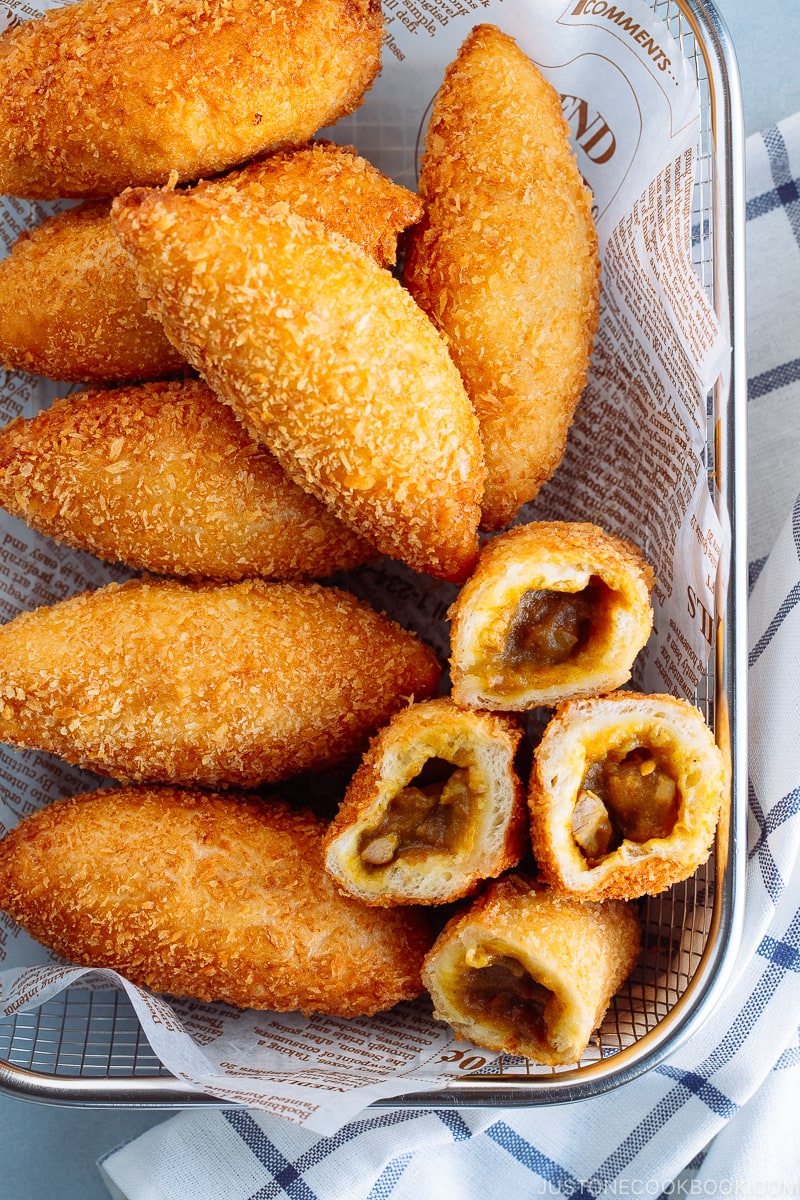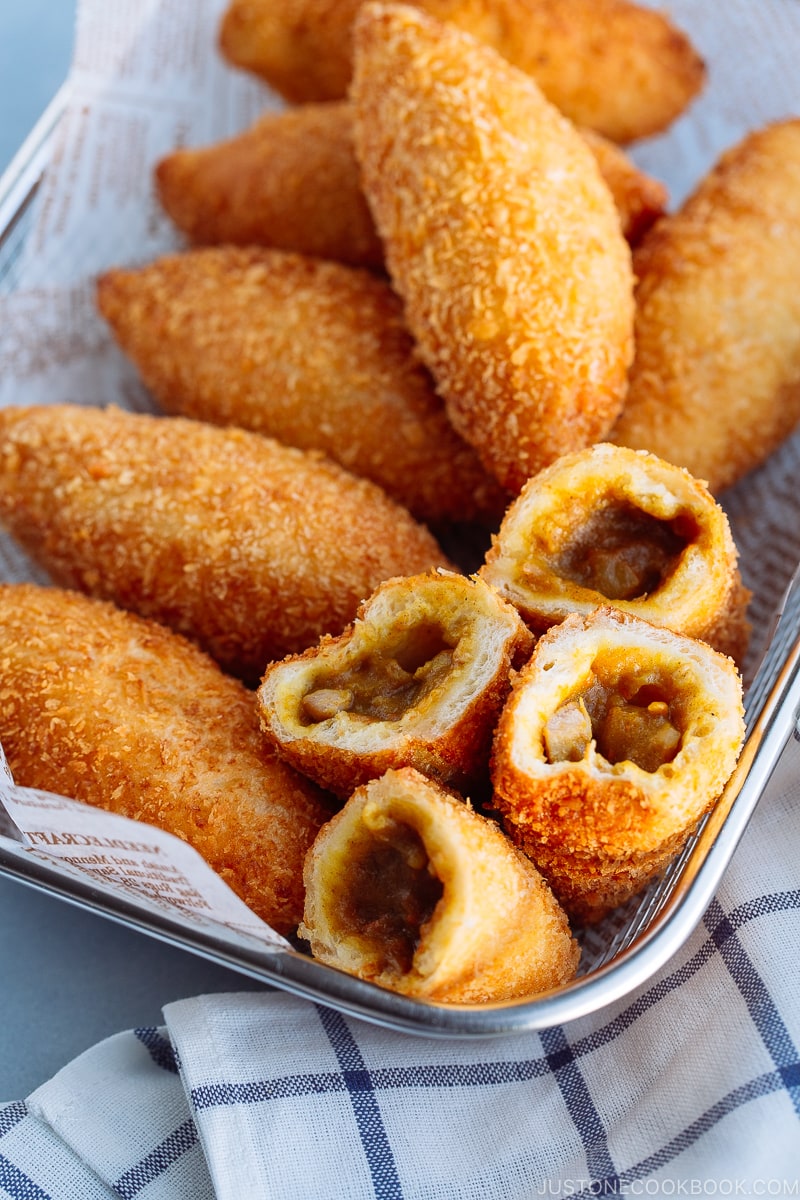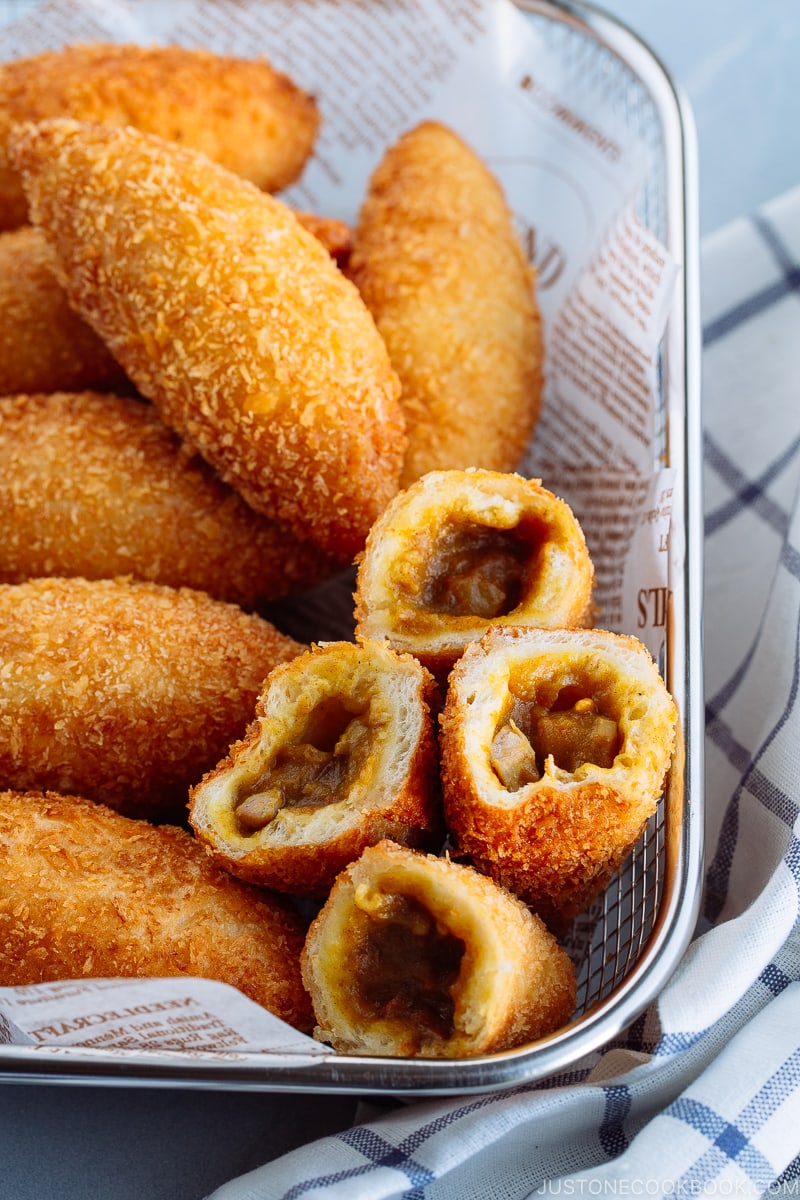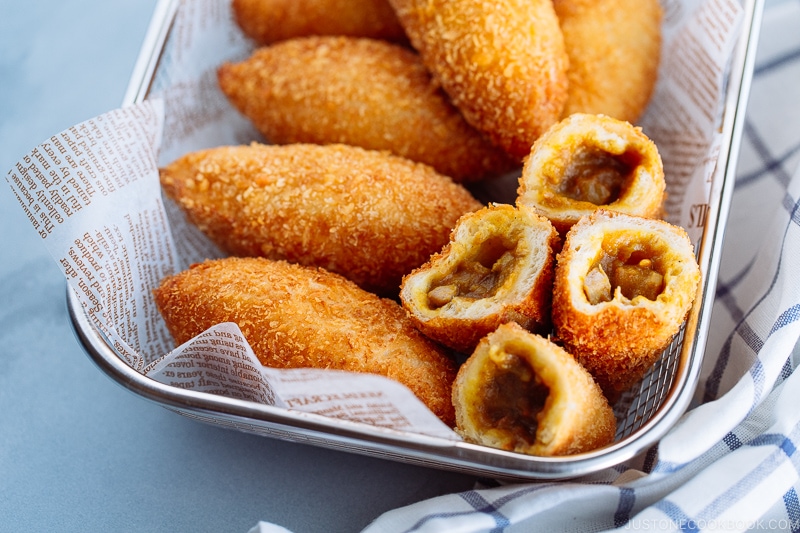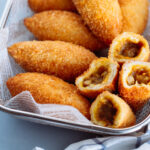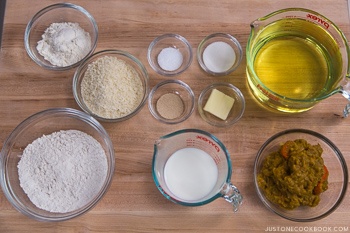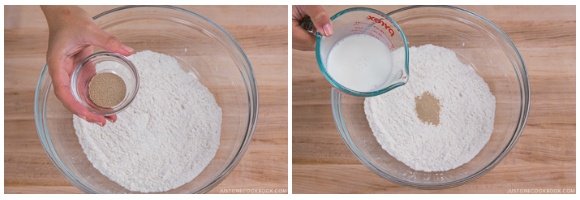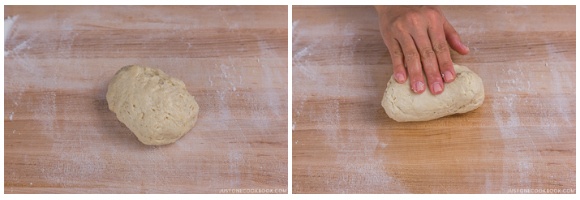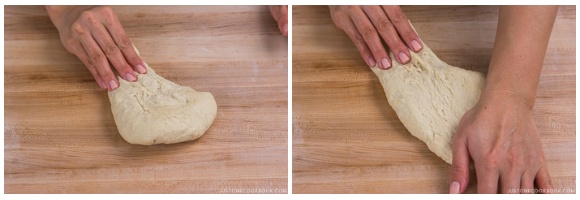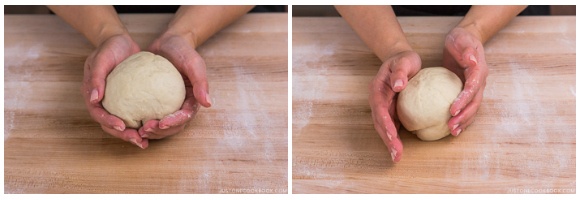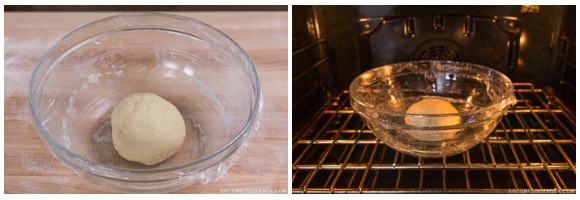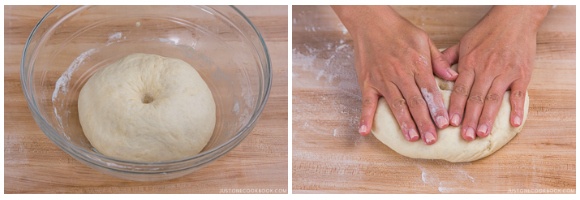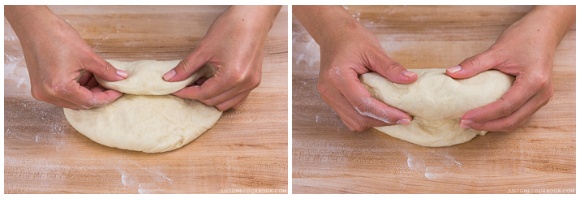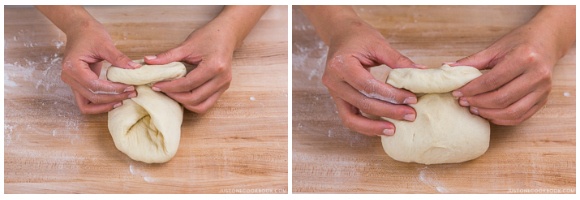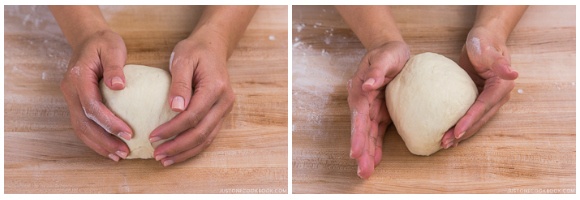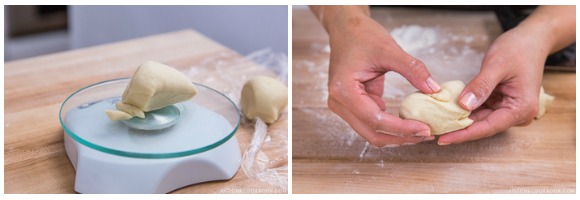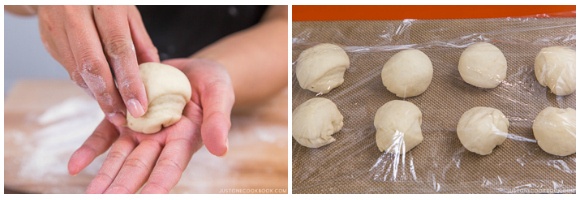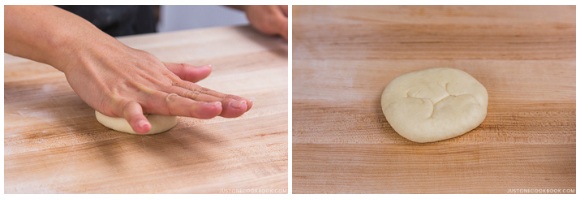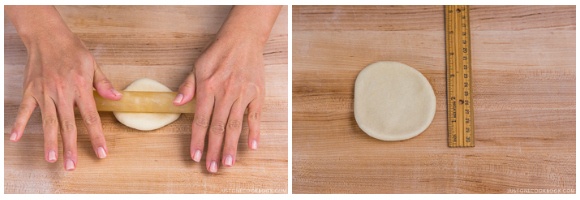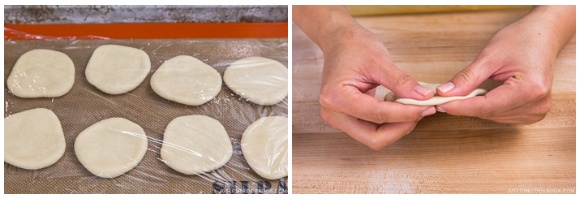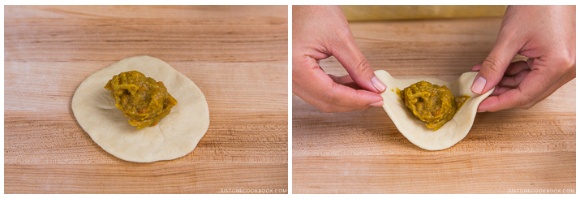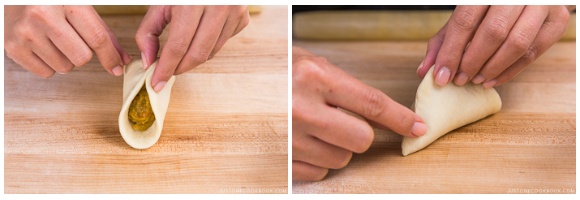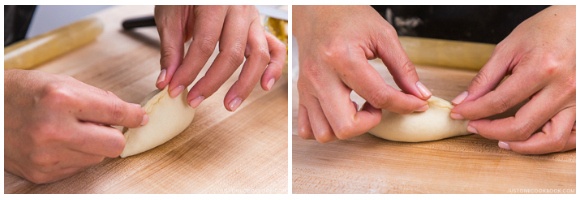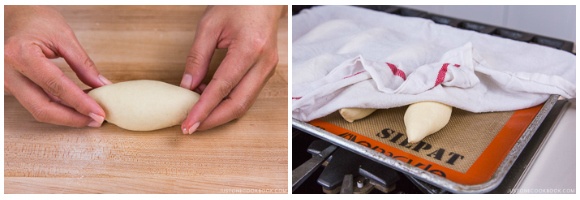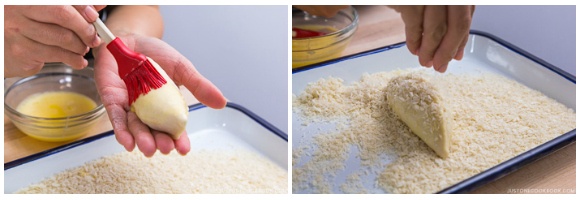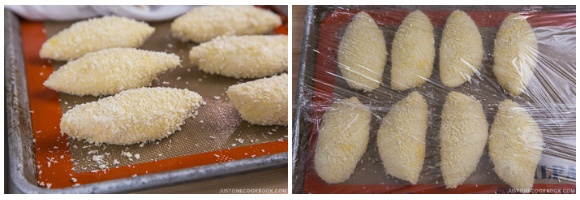Kare Pan (カレーパン), or Japanese Curry Bread, is one of the most popular savory pastries at Japanese bakeries, along with Yakisoba Pan. There’s nothing more satisfactory than biting into a warm, crispy, and chewy bread that reveals mildly spiced Japanese curry inside, like a passageway to pure happiness. I know you’ll be obsessed with this homemade curry bread once you make it.
What is Curry Bread (Kare Pan)?
Curry bread (kare pan) is Japanese curry encased in bread dough, lightly covered in panko bread crumbs, and then deep-fried till golden brown. Justifiably qualified as comfort food, you can find these curry bread at bakeries and convenience stores throughout Japan. They are enjoyed for breakfast, lunch or snack, or any time of the day in my case. Mr. JOC won’t leave a bakery shop in Japan without purchasing curry bread, and he’s always searching for the best one. I asked what is considered the best curry bread, and he said:
The outside crust should be crispy when you bite into it. The bread should be chewy but not too thick. It shouldn’t be oily even though it’s been deep-fried. A good amount of curry should be filled throughout the bread.
As you can see, I have a tough customer at home. Since I welcomed a good challenge, I took it up as an encouragement to develop a good recipe! There’s nothing fancy about the homemade curry bread. They are just downright tasty. Although it can be time-consuming, it’s totally worth the effort and time because you’d be rewarded with the tastiest bread. The triumph feeling is worth celebrating. I’d make this bread at least every quarter of the year!
The Japanese Curry Filling
The best part about making your own curry bread at home is that you can stuff the bread with your favorite, delicious curry! Plus it’s the perfect way to use up one big batch of Japanese curry. You will only need about 1 1/2 cup worth of leftover curry. It has to be chilled, so leftover curry from the previous night makes the most sense for this recipe. You can make Japanese curry with any ingredients you like. I used my Japanese Chicken Curry recipe for my curry bread. You can use other types of meats as well. The curry next day should be in a thick paste form as you will be bundling up the curry filling in bread dough. Soupy curry is a no-no. Once you refrigerate your curry, it will solidify and easier to handle. Just take out the curry when you start making the bread, so it reaches room temperature by the time you fold it up in the dough.
3 Important Cooking Tips
1. Thin out the dough only at the edge
I learned from my experience that I enjoy curry bread more when the dough has a chewy texture. Initially, I thought I prefer thinner bread because it has a nice crispy texture. But when I tasted the chewy and springy bread, I knew the whole curry bread experience got elevated. To achieve this, it’s important not to roll out the dough too thin. The best way is to thin out only the edges of the round dough with fingers, keeping the center thicker. So when you fold and pinch the edges, the seam won’t be too thick and doughy, and the bread has even thickness throughout.
2. Do not overfill the curry paste
I’ve made this mistake and learned the hard way. When you place the curry filling on a round sheet of dough, make sure you have PLENTY of space around it so you can pinch the dough easily and tightly. You don’t want to overfill because if the curry touches the edge of the dough even a little bit, the pinched dough may pop open and the curry filling will fall out easily during the proofing and deep-frying stages. If you accidentally made the mistake, here’s what you can do. a) If the pinched dough is opened up before deep-frying, you can toast the panko first until golden brown, then bake the bread at 375 ºF (190 ºC). This is the same technique as my Baked Tonkatsu/Chicken Katsu recipes. b) If the dough opened up during deep-frying, you want to immediately stop deep frying, instead gently remove the bread dough from the oil, pop them straight into the oven at 375 ºF (190 ºC) and bake until golden brown.
3. Flip the bread as soon as you place it in the oil
During the second proofing stage, the sealed side is on the bottom, and the dough is rising up. Now when you deep-fry, you will again place the sealed side down first. As deep-frying starts, the dough continues to rise from the bottom (seam side), and it tends to rise way too much, creating a cave inside the bread. My high school friend Takafumi who used to work at a bakery in Japan shared a pro tip with me when I was struggling with this. He told me that you will need to flip the bread a couple of seconds after you place the dough in the oil, stopping the dough to rise in the same direction. This actually works magically! No more big cave in the bread! Now that I’ve perfected my Kare Pan recipe, Mr. JOC no longer has to go out his way to hunt down the best curry bread because the best is always the homemade type. Are you ready for your Japanese curry bread mastery? Let’s get started!
More Fun and Delicious Snacks
Tandoori Chicken Puffs Corn Dogs
Wish to learn more about Japanese cooking? Sign up for our free newsletter to receive cooking tips & recipe updates! And stay in touch with me on Facebook, Pinterest, YouTube, and Instagram.
